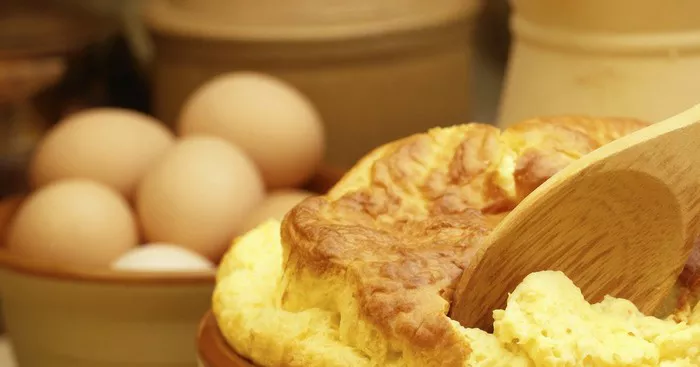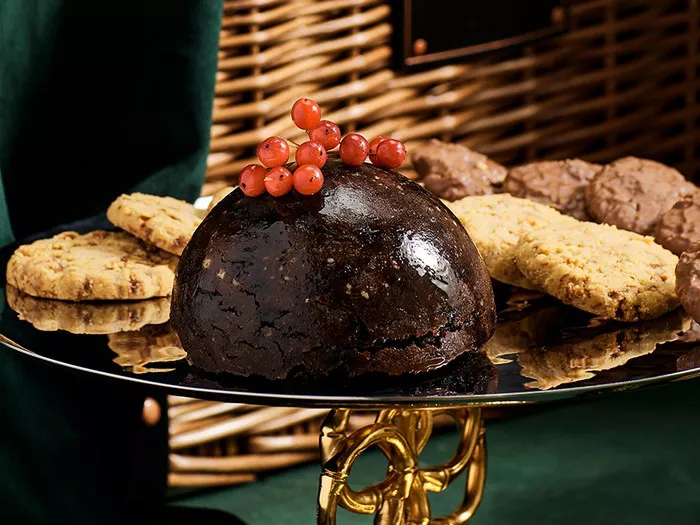Egg custard pie is a classic dessert that has delighted taste buds for generations. With its smooth and creamy texture, delicate sweetness, and delightful flavors, it has become a beloved treat for many. In this article, we will delve into the world of egg custard pie, exploring its origins, ingredients, and the process of making this delectable dessert.
Origins and Cultural Significance
Egg custard pie has a rich history that spans various cultures and cuisines. The concept of custard itself dates back centuries and is believed to have originated in ancient Rome. Custards were commonly made by combining eggs with milk or cream and sweetening them with honey.
Over time, custard desserts became popular across Europe and made their way to the United States through English and French influences. Egg custard pie, in particular, became a staple in Southern cuisine, especially in regions like the American South.
Ingredients
The primary ingredients in egg custard pie are eggs, milk or cream, sugar, and a flavoring agent such as vanilla extract or nutmeg. The combination of these ingredients creates a rich and creamy custard filling that is baked in a pie crust.
Eggs: Eggs play a vital role in custard pie as they provide structure and help set the filling. They contribute to the creamy texture and add richness to the dessert.
Milk or Cream: Milk or cream is combined with the eggs to create the custard base. Whole milk or heavy cream is typically used to achieve a velvety texture and a luscious mouthfeel. The choice of milk or cream can vary based on personal preference and desired richness.
Sugar: Sugar is added to sweeten the custard filling. The amount of sugar used can be adjusted based on individual taste preferences. Some recipes may also incorporate alternative sweeteners like maple syrup or honey.
Flavoring Agents: Vanilla extract is the most common flavoring agent used in egg custard pie. It adds a subtle and aromatic sweetness to the dessert. Nutmeg is another popular choice, providing a warm and comforting flavor. Other flavorings, such as almond extract or citrus zest, can also be used to add variety to the custard.
The Process of Making Egg Custard Pie
The process of making egg custard pie involves a few key steps to ensure a smooth and creamy filling encased in a tender crust. Here’s a general overview of the process:
Preparing the Crust: Start by preparing the pie crust. You can use a store-bought pie crust or make your own from scratch using flour, butter, and water. Roll out the dough and fit it into a pie dish, crimping the edges as desired.
Mixing the Custard Filling: In a mixing bowl, whisk together the eggs, milk or cream, sugar, and flavoring agents until well combined. The mixture should be smooth and homogenous. Some recipes may recommend heating the milk or cream before combining it with the eggs to ensure a smoother custard.
Pouring the Filling: Carefully pour the custard filling into the prepared pie crust, ensuring that it is evenly distributed. The filling should reach just below the top edge of the crust, as it will expand slightly during baking.
Baking: Place the pie in a preheated oven and bake at a moderate temperature until the custard is set. This typically takes about 45 minutes to an hour. The custard should have a slight jiggle in the center but be firm around the edges.
Cooling and Serving: Once baked, remove the pie from the oven and allow it to cool completely on a wire rack. The custard will continue to set as it cools. Once cooled, the pie can be served at room temperature or chilled. Some people prefer to sprinkle a little nutmeg or powdered sugar on top before serving.
Variations and Enhancements
While traditional egg custard pie is a delight on its own, there are numerous variations and enhancements that can be made to elevate the dessert further. Here are a few examples:
Crust Variations: While the classic pie crust is most commonly used, you can experiment with different crust options. A graham cracker or cookie crust can add a different texture and flavor to the pie. For a gluten-free version, a crust made with almond flour or crushed gluten-free cookies can be a great alternative.
Flavor Enhancements: While vanilla extract and nutmeg are traditional flavorings, feel free to get creative. You can infuse the custard with other extracts like almond, coconut, or even rum for a unique twist. Adding a hint of citrus zest, such as lemon or orange, can also provide a refreshing burst of flavor.
Toppings and Accompaniments: Serve the pie as is, or enhance it with various toppings and accompaniments. Whipped cream, either plain or flavored, is a popular choice. A sprinkle of cinnamon, a drizzle of caramel sauce, or a handful of fresh berries can add visual appeal and extra flavor.
Conclusion
Egg custard pie is a timeless dessert that has earned its place in culinary history. With its silky smooth texture, balanced sweetness, and comforting flavors, it continues to delight dessert lovers around the world. Whether enjoyed on its own or with creative variations, this classic pie is a testament to the simple yet magical combination of eggs, milk or cream, sugar, and flavorings. So, next time you’re in the mood for a creamy and comforting dessert, consider indulging in a slice of egg custard pie and savor its timeless appeal.



























